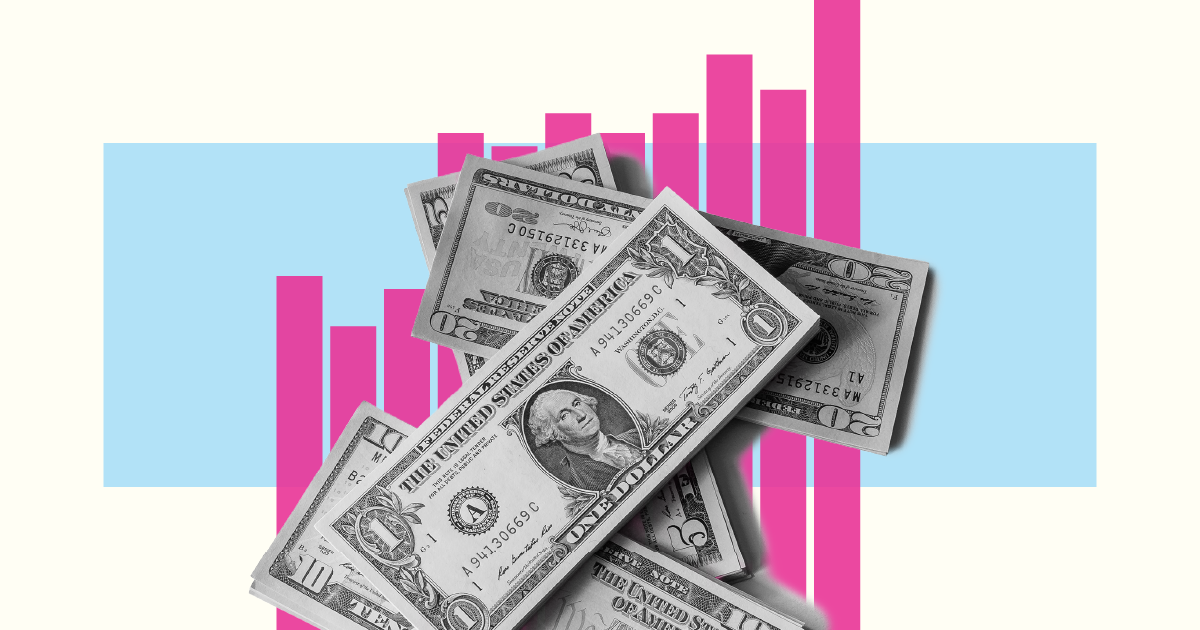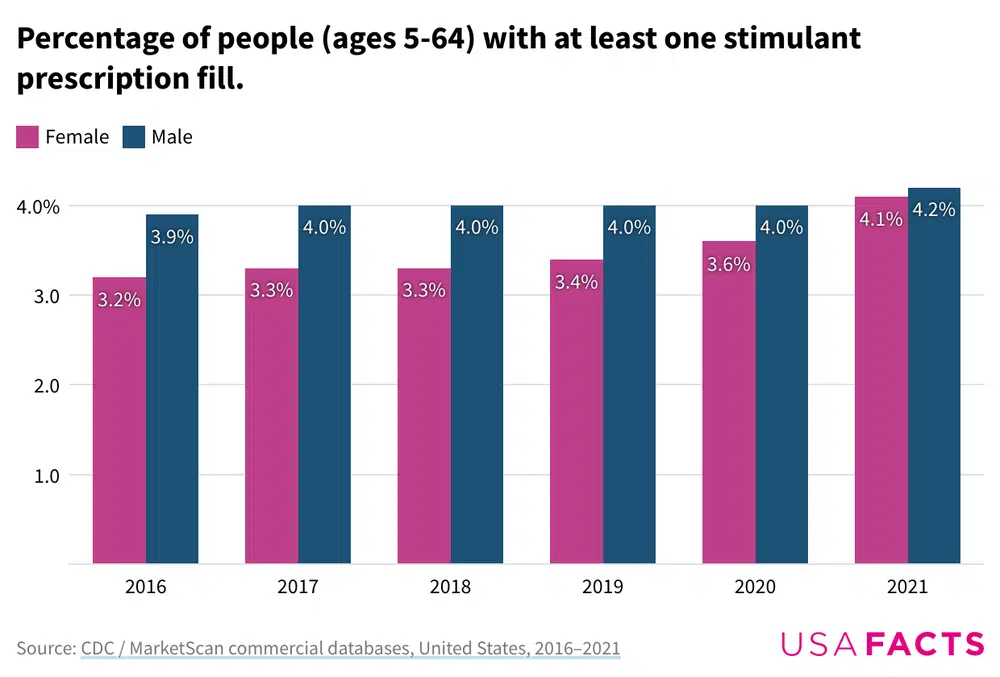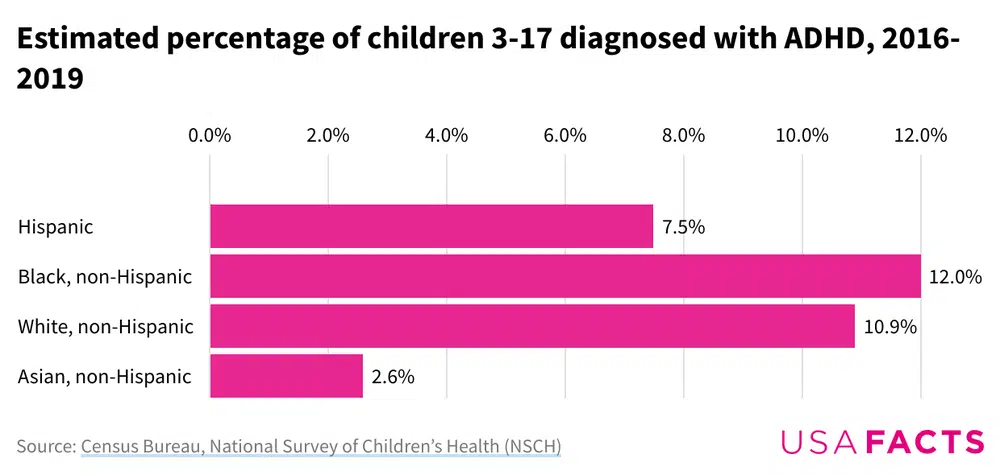Government spending
Which government programs does the Government Accountability Office consider inefficient?

Adderall, the popular medication prescribed for people diagnosed with attention deficit hyperactivity disorder (ADHD) and narcolepsy, has been in short supply in the United States since October 2022.
Months after the Federal Drug Administration (FDA) first announced the nationwide shortage, it’s still unclear when it’ll be resolved.
Adderall is the brand name for mixed amphetamine salts, a stimulant that helps improve a person’s ability to focus and reduce hyperactivity.
The FDA classifies amphetamine as a controlled substance, meaning it has high potential for abuse and can lead to addiction. Therefore, the federal government regulates the amount of raw ingredients companies can get to manufacture Adderall and limits the drug to patients with a prescription.
Medication, along with behavioral therapy, is one of the most common treatments for people diagnosed with ADHD. In 2016, 62% of American children ages 2–17 with current ADHD took medication, according to the Centers for Disease Control and Prevention (CDC). That amounts to roughly 3.3 million children. Prescription stimulants are also widespread among US adults, with approximately 6.6% — or 16 million — taking ADHD medication annually, per the US Department of Health and Human Services (HHS).
Even with such strict federal regulations, misuse of ADHD medication (taking a dose that is not prescribed or using someone else’s medications) is pervasive, particularly among college-aged adults, according to the HHS's Substance Abuse and Mental Health Services Administration.
The demand for ADHD medication appears to be growing, with a notable surge during the COVID-19 pandemic. Overall, the percentage of people receiving prescription stimulant fills increased from 3.6% in 2016 to 4.1% in 2021. During 2020–2021, prescription stimulant fills among females ages 15–44 and males ages 25–44 increased by over 10%.

CDC data from 2016–2019 shows that 6.1 million American children ages 3–17 have been diagnosed with ADHD. This includes 265,000 children ages 3–5; 2.4 million children ages 6–11; and 3.3 million children ages 12–17.
Notably, ADHD is more commonly diagnosed in boys, with 13% of boys and 6% of girls having been diagnosed.
Across racial groups, ADHD diagnoses are more prevalent in non-Hispanic Black children (12%) and white children (10%) compared to Hispanic children (8%) and Asian children (3%). (Note that the data does not include American Indian or Alaska Native children due to small sample sizes.)

Among children with different health insurance coverage, 13.2% of those with public insurance were diagnosed with ADHD, versus 8.7% with private insurance, and 7.1% without insurance.
Get more health updates from USAFacts and the latest data by signing up for our newsletter.
Newsletter
Keep up with the latest data and most popular content.